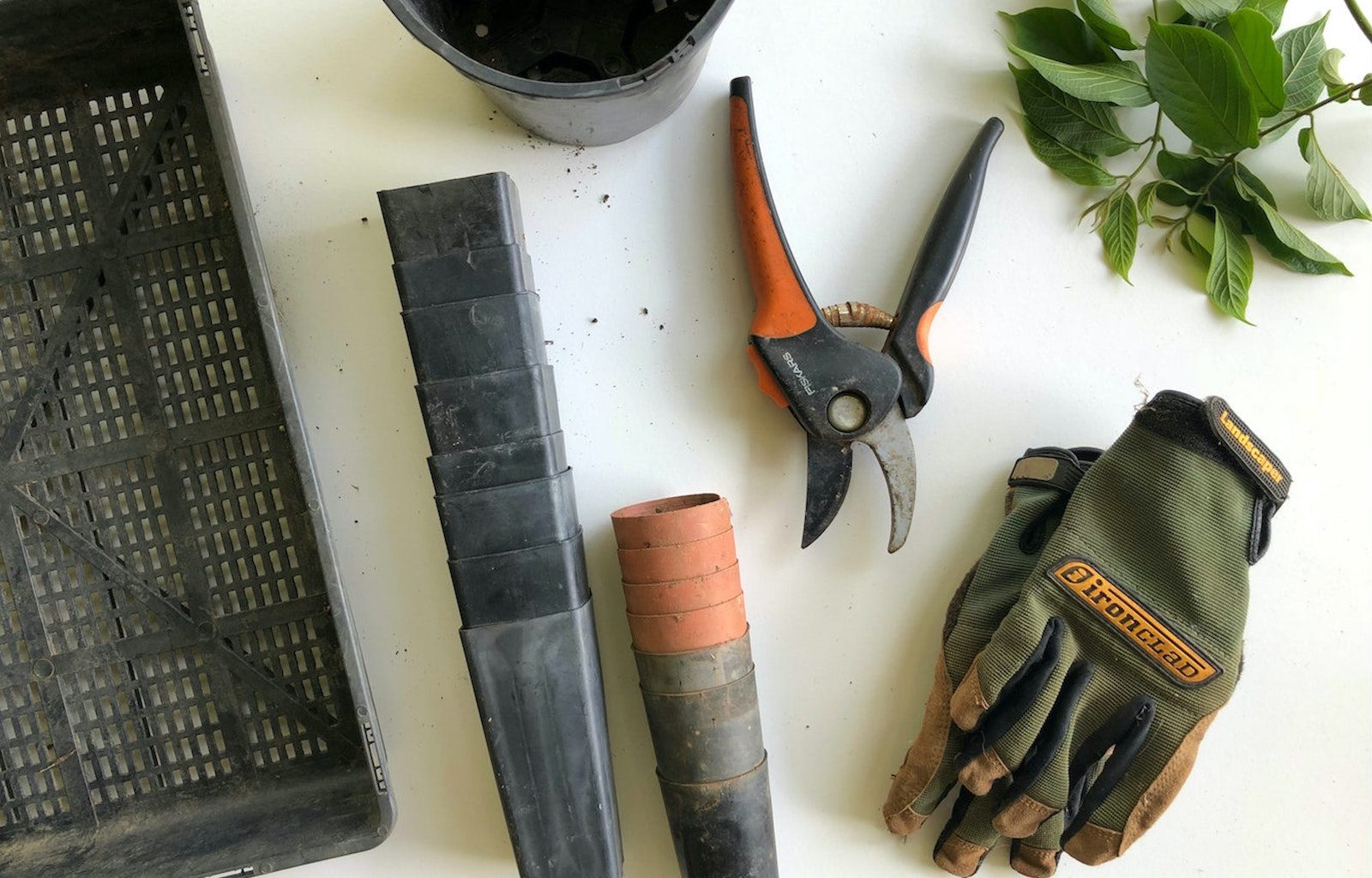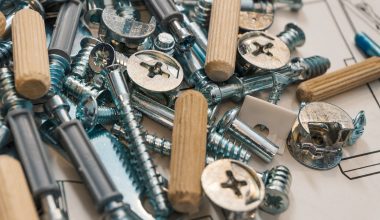It’s a common trend in gardening to create cuttings to propagate the plants in your garden. All plants contain auxins that help produce growth and roots. Synthetic formulas increase this natural balance of hormones to encourage even more growth. With the help of some homemade rooting hormone, your cuttings can grow quicker and have a higher chance of growing into full, healthy plants.
Rooting hormone is an essential ingredient in the health of your cuttings. It acts to protect the roots of plants from fungus and disease, whilst encouraging growth!
Rooting Hormone
While a lot of people decide to purchase their rooting hormone, creating your own can have a number of benefits. Firstly for your garden and also the health of those consuming the produce you’ve grown.
You can avoid the chemicals found in pre-made rooting formulas that allow you to keep your garden fully organic. Plus you won’t have to worry about any nasty skin irritations that can be caused by handling store bought rooting formulas!
This DIY rooting hormone project is a great way to save money. As most of the ingredients required are easily found in most cupboards or gardens. Allowing you to fully utilize the plants you’re growing to improve and propagate the rest of your garden can be very satisfying. Intrigued?
Homemade Rooting Hormone Methods
These are a number of ways to create and apply your own homemade
rooting hormone that we would love to show you!
Cinnamon
Although most think of cinnamon as a delicious ingredient for desserts it can also be a great addition to your garden. Make sure to use powdered not stick form cinnamon as you will want your root hormone as a powder. With just a few paper towels, some water, and cinnamon you can make your own homemade rooting hormone.
Here are the steps to follow:
- Get a dry paper towel and place it on a flat surface
- Place about a tablespoon of cinnamon on the towel
- Place the ends of the cuttings in water, just enough to get the damp
- Mix the cinnamon with a small amount of water then apply the solution to both sides of the cutting taking special care to apply it to the point of incision.
- Make a small hole in your soil and plant your cutting.
- Finally, wait for it to grow!
Apple Cider Vinegar
A great DIY rooting hormone can be found in most cupboards, apple cider vinegar. It is one of the simplest and most commonly used homemade rooting hormone. Plus it can be made and applied in just 3 easy steps.
With just 3 tablespoons and around 1 gallon of water, you can create a rooting formula filled with elements that help your plants to remain free of unwanted fungus and disease. Be careful not to use too much in your mix as this can be unhealthy for your plants!
- Add three tablespoons of apple cider vinegar to a bottle
- Add 1 gallon of water and shake
- Dip your plant cuttings at the point of incision into the bottle then put the plant in a rooting medium
Aloe Vera
Another fantastic alternative to the chemical-filled pre-bought rooting hormone is the aloe vera plant. Known for its amazing moisturization and health benefits, Aloe Vera should be growing in everyone’s garden. If you’re lucky you will have some Aloe Vera that will be perfect for creating your own homemade rooting hormone.
- Cut a thick leaf of Aloe Vera from your plant
- Extract the gel by mixing the leaf with a little water and blending it
- Apply the resulting mixture to your plant cuttings by adding the cutting to your gel with a little bit of extra water and leave for up to one week
Honey
Honey is known for its sweet taste and as a fantastic replacement for sugar, but did you know you can also use it in your garden? With just a little bit of honey, you can help your cuttings to really grow!
- Boil two cups of water
- Add a tablespoon of honey
- Mix your formula together and let the water cool
- Dip your cuttings in the resulting mixture and add to a rooting medium
Now you’ve learned how to make and use your own homemade rooting hormone. You should have a better survival rate amongst your cuttings. This allows you to replant and replenish your wonderful home garden!






